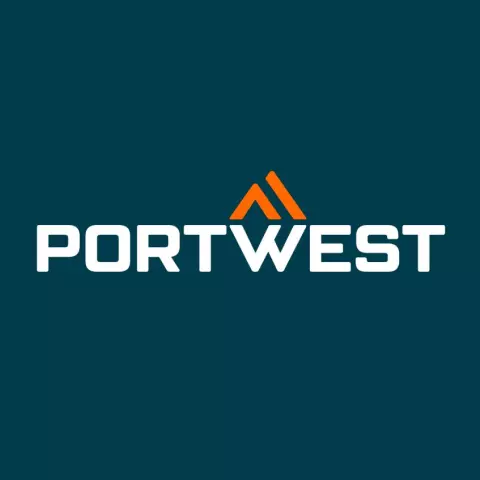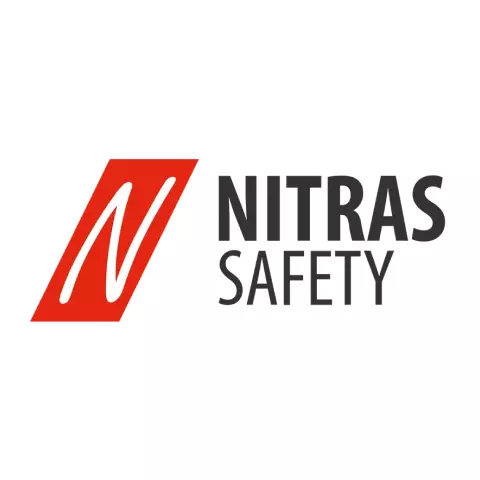
Aggregate Planning: Tips & Strategies
Introduction: Strategic production planning is essential for businesses aiming to meet demand efficiently while maximising profits. Producing too few items...

Get 20€ off on your first order!































Finance and purchasing leaders are always looking for ways to cut costs for the company. When you focus on cost avoidance and cost savings, less of your hard-earned money goes to running your business. This allows you to invest in growth opportunities, such as adding more people and moving into bigger spaces.
Avoiding costs and saving money on costs are two common ways to reach the goal of spending less.
Many people think these words mean the same thing, so they are often used together. But avoiding costs and saving costs are two very different things that need to be done in different ways.
Of course, they both want to cut back on business spending.
Find out the difference between cost avoidance and cost savings, and learn how to use both at the same time for a well-rounded spend control plan.
Cost avoidance means lowering the chance of having to pay a cost in the future, while cost savings means lowering your present costs.
Getting companies to spend less is the main goal of both cost saves and avoidance, but they do this in different ways.
When you try to avoid costs, you think about what they might be in the future and make plans to protect your business from them.
As an example, a procurement manager might guess that the cost of their project management software will go up in the future by looking at how the price of cloud storage has changed in the market. They call their source and lock in the current price for the next 18 months to avoid this cost.
On the other hand, cost saves looks for ways to lower the costs you already have. You would be saving money if, for example, you talked to the company that sells you project management software and asked for a lower price per user.
It’s important to know that most new spending has two types of costs: hard costs and soft costs. This is true whether you’re trying to avoid costs or save them.
Hard costs are the costs of a buy that can be seen, touched, and easily accounted for. Soft costs are expenses that you can’t see that come with a buy. They’re hard to account for because they’re often missed.
Let’s say you’re about to buy a new tool for hiring people based on their skills. The hard cost is how much the programme costs each month or each year.
If you’re thinking about buying this platform, you might ask your lawyer to look over the software contract and sign it. The legal fees that come with this buy are “soft costs.”
When you try to avoid costs and save money, you need to think about how your choices will affect both types of costs.
Getting rid of a tool from your tech stack and taking a hard cost out of your monthly budget will lower the amount of money you spend on software.
But there may also be some soft saves to think about here. You save the buying team’s time, which is a soft cost, because they don’t have to deal with as many vendors.
Cost avoidance is a way to handle spending that focuses on predicting and lowering the chances of future costs.
It’s hard to say how effective good cost avoidance is because it gets rid of costs before they happen.
Because of this, the avoided costs are not shown in the financial records. However, the effect is estimated by knowing what costs you might have saved.
To successfully avoid costs, procurement teams need to know where costs might show up that aren’t there now and put in place cost avoidance means to lower those costs.
Here are some examples.
A business is hiring an outside firm to handle its social media marketing. A member of their buying team reads a post on LinkedIn that says prices are usually raised once a year by agencies.
The procurement boss negotiates a contract renewal to lock in the current price. This makes it less likely that the price will go up.
That person in charge of finances sees that the computers used by their inside sales team are getting old and will probably need more repairs.
They plan to replace these units ahead of time to avoid getting hit with surprise repair bills.
A company’s CIO schedules a data audit and clean every three months instead of once a year to lower the risk of a data store failure and the costs that come with it.
A marketing agency’s purchase department finds a change in the price of buying ads in the past, which is an important part of what they do.
The main reason for this change is the ties their ad vendors have, which the agency cannot change.
To keep these price hikes from happening, the team finds more suppliers to make the list more diverse. They can buy ads from a different vendor instead of paying the higher price if their main source raises prices.
An IT manager notices that their software stack is getting close to the monthly limit for API calls that can be made.
They try to improve their internal processes so that they don’t need as many API requests so that they don’t have to pay more to change to a plan with a higher limit.
Discovering ways to cut costs is what cost saves is all about when it comes to managing spending. The main goal of taking these steps to save money is to improve the bottom line.
Unlike strategies that try to avoid costs, strategies that try to save costs have a clear and measurable financial gain.
Use a simple formula to figure out how much money you save from a certain cost-cutting move.
Price Difference (dollar amounts saved) = Original Price – New Price
Then, to see the amount of money saved as a percentage:
Number of cents saved on costs = (Price Difference / Original Price) x 100
As an example, let’s say you just lowered the monthly cost of your CRM tool. You used to pay $10,000 a month, but now you only pay $9,000.
The price difference between the old price ($10,000) and the new price ($9,000) is $1,000.
To get this number as a percentage, split the Price Difference ($1,000) by the Original Price ($10,000) and multiply by 100:
$1000 divided by $10,000 equals 10%
A person who works in procurement thinks that they can save the company money and cut costs by talking with the company that provides HR software for a lower price in exchange for a 24-month contract.
A chief information officer (CIO) buys a new technology that gets rid of a lot of physical work. This saves the company money on the cost of hiring outside workers.
A vendor relationship manager uses the impending renewal of software to get a lower price per user, which lowers the total amount they will have to pay under the new contract.
Due to recent revenue growth, the head of finance at a business that is growing quickly pays down debt and restructures existing high-interest loans into agreements with lower interest rates, which lowers the overall cost.
The senior leadership team chooses to make the approval process stricter because the cost of software overages is going up.
Employees must now get permission from a boss before going over budget. This gives the company more control over extra spending.
Thank you! You've signed up for our newsletter.











Introduction: Strategic production planning is essential for businesses aiming to meet demand efficiently while maximising profits. Producing too few items...

Procurement cost reduction solutions optimise an organization’s financial resources, enabling it to produce high-quality products and services and increase profit...

Procurement workflows help companies and finance departments to simplify their purchasing procedures. Effective procurement procedures lower costs, improve accountability and...

Introduction: Strategic production planning is essential for businesses aiming to meet demand efficiently while maximising profits. Producing too few items...

Procurement cost reduction solutions optimise an organization’s financial resources, enabling it to produce high-quality products and services and increase profit...

Procurement workflows help companies and finance departments to simplify their purchasing procedures. Effective procurement procedures lower costs, improve accountability and...
Get 20€ off on your first order!
Save 30% by buying directly from brands, and get an extra 10€ off orders over €100
Save 30% by buying directly form brands, and get an extra 10€ off orders over €100